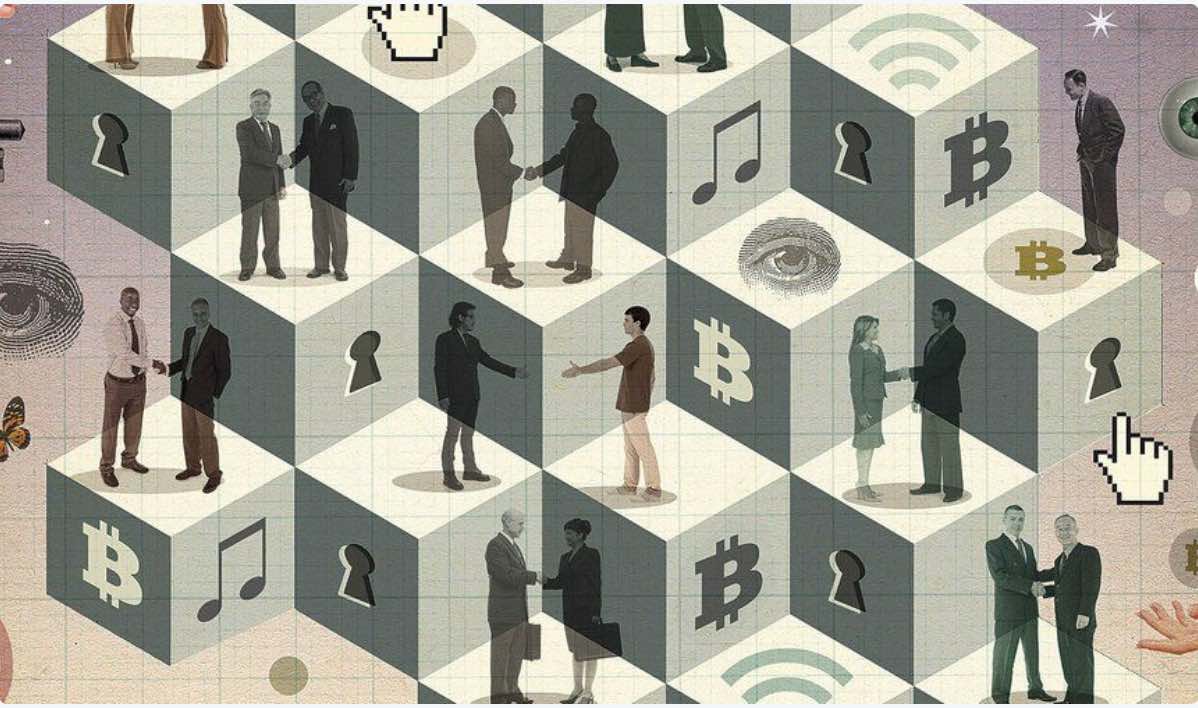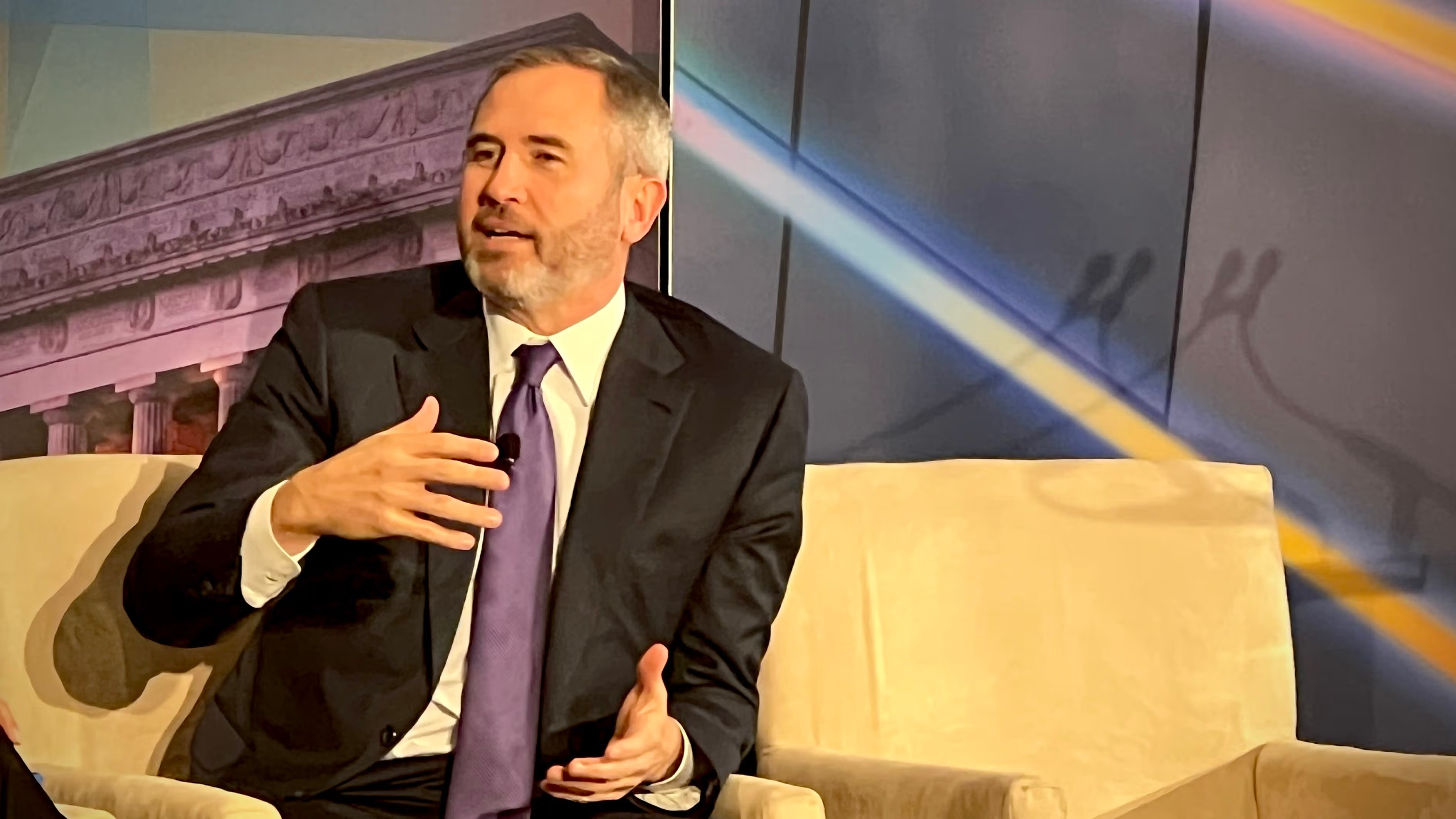In 1988, in Connecticut, USA, Applied Energy Services (AES) was building an 183 MW coal-fired power station. The 14.1 million tonnes of carbon dioxide that would be released over the power plant’s 40-year lifespan would need to be “offset” by a forestry project, so AES hired the World Resources Institute to locate one. The next year, AES and the non-profit organisation CARE forged a partnership to finance an ongoing agroforestry project in Guatemala.
This is how the world’s first ‘carbon offsetting’ financing mechanism happened and became a part of environmental economics. The project, according to CARE, was a “success” since it provided “a plethora of direct and indirect advantages for the people of Western Guatemala”.
Since then, the world is racing to achieve carbon neutrality and has had many initiatives such as the 1995 Kyoto Protocol, the 2005 EU Emissions Trading Scheme, and the 2015 Paris Agreement.
Today, environmental economics has been growing exponentially. Companies are spending billions to buy carbon credits.
Carbon Credit Economy
One approach for a business to deal with emissions it is unable to eradicate is to buy carbon credits. Carbon credits are documents that show the amount of greenhouse gases that have been reduced or removed from the atmosphere. Despite the fact that carbon credits have been around for a while, the voluntary market for them has expanded dramatically in recent years.
The demand for voluntary carbon credits may continue to climb as efforts to decarbonise the global economy intensify. According to McKinsey, the annual global demand for carbon credits could rise to 1.5~2.0 gigatons of carbon dioxide (GtCO2) by 2030 and up to 7~13 GtCO2 by 2050—depending on the amount of negative emissions required to decrease overall emissions in line with the 1.5-degree warming goal and the stated demand for carbon credits.

A projected graph showing the reduction of carbon dioxide in 30 years from now
According to The Taskforce on Scaling Voluntary Carbon Markets (TSVCM), demand for carbon credits could increase by 15x by 2030 and by 100x by 2050. In 2030, the overall carbon credits market could be worth upward of $50 billion.
Since the world is committed to fight climate change, the new-age technology has given an impetus to the whole process. The development of blockchain technology in the past few years has opened a new way to climate change.
How blockchain fights climate change
Experts say that smart contracts—built on blockchain technology—are transparent, fully traceable and irreversible, which can be groundbreaking when it comes to solving big problems like climate change.
This has been the massive potential for smart contracts—fully traceable, transparent and irreversible, self-executing contracts, running on blockchains—to contribute to the fight against climate change.
Smart contracts provide us the ability to create completely automated, globally accessible, incentive systems that can reward people, businesses, and governments directly for engaging in sustainable initiatives like regenerative carbon offsetting, agriculture, crop insurance, and more. These contracts are a fantastic instrument for encouraging participation in international green projects because the fight against climate change fundamentally calls for a significant shift in global consumption patterns.
The environmentally-conscious smart contract applications can be introduced in agriculture, consumption and crop insurance.
Sergey Nazarov of Chainlink explains the use of smart contracts in crop insurance. The crop insurance built on smart contracts can help farmers sustain with proper compensation even if they face two seasons of drought.
Similarly, if an individual started a reforestation project, the smart contract will pay the person a tokenised carbon credit, which could be sold to companies proving they have made a green impact.
DAOs: A link that connects companies to environment
Carbon credits may be issued and tracked with confidence because of the Blockchain’s immutable distributed ledger that is cryptographically secure. Small- and medium-sized businesses can easily use public blockchains, lowering the barrier to entry for the carbon trading industry.
In addition, the data that businesses supply is open to the public and transparent. Blockchain-based, free automated market makers (AMMs) have recently been developed—enabling direct trading of digital assets without a middleman and with low algorithmic costs. They give all the stakeholders access to the infrastructure needed to build a digital carbon credit ecosystem.
There are various climate-based DAOs (decentralised autonomous organisations) that are a part of the carbon credit ecosystem now. Klima, Solid World, Thallo and many other blockchain-powered platforms are solving the issue of climate change through carbon credits.
Klima is one of the biggest carbon credit DAOs. It removes carbon credits from the regular market thereby increasing the price of the other carbon credits still on the market.
Last year, Kilima announced that it has accumulated over 9 million tonnes of carbon offsets, amounting to $100 million.
Thallo is a blockchain-based carbon credit marketplace—powered by Polygon—that allows businesses and individuals to purchase high-quality carbon offsets.
“We at Polygon are supporting efforts to scale impact as needed by the global climate crisis,” said Stefan Renton, Sustainability Lead, Polygon Technology talking to Analytics India Magazine.
He added that while polygon recognises the importance of carbon credits and plans to purchase high quality, high permanence credits, they also see the potential of this technology to create underlying infrastructure that can help to transition the global economy from its current heavily extractive model to something much more regenerative and alleviate the stress we as a species are burdening the planet with. Polygon plans to support these innovative efforts within its ecosystem.
Read More: news.google.com









 Bitcoin
Bitcoin  Ethereum
Ethereum  Tether
Tether  XRP
XRP  Solana
Solana  Dogecoin
Dogecoin  USDC
USDC  Cardano
Cardano  Lido Staked Ether
Lido Staked Ether  TRON
TRON  Avalanche
Avalanche  Sui
Sui  Wrapped stETH
Wrapped stETH  Toncoin
Toncoin  Chainlink
Chainlink  Shiba Inu
Shiba Inu  Wrapped Bitcoin
Wrapped Bitcoin  Stellar
Stellar  Hedera
Hedera  Polkadot
Polkadot  WETH
WETH  LEO Token
LEO Token  Bitcoin Cash
Bitcoin Cash  Litecoin
Litecoin  Uniswap
Uniswap  Pepe
Pepe  Hyperliquid
Hyperliquid  Wrapped eETH
Wrapped eETH  Ethena USDe
Ethena USDe  NEAR Protocol
NEAR Protocol  USDS
USDS  Internet Computer
Internet Computer  Aptos
Aptos  Aave
Aave  Mantle
Mantle  POL (ex-MATIC)
POL (ex-MATIC)  Cronos
Cronos  Ethereum Classic
Ethereum Classic  MANTRA
MANTRA  Render
Render  Bittensor
Bittensor  Monero
Monero  Tokenize Xchange
Tokenize Xchange  Dai
Dai  Artificial Superintelligence Alliance
Artificial Superintelligence Alliance  Arbitrum
Arbitrum  Virtuals Protocol
Virtuals Protocol